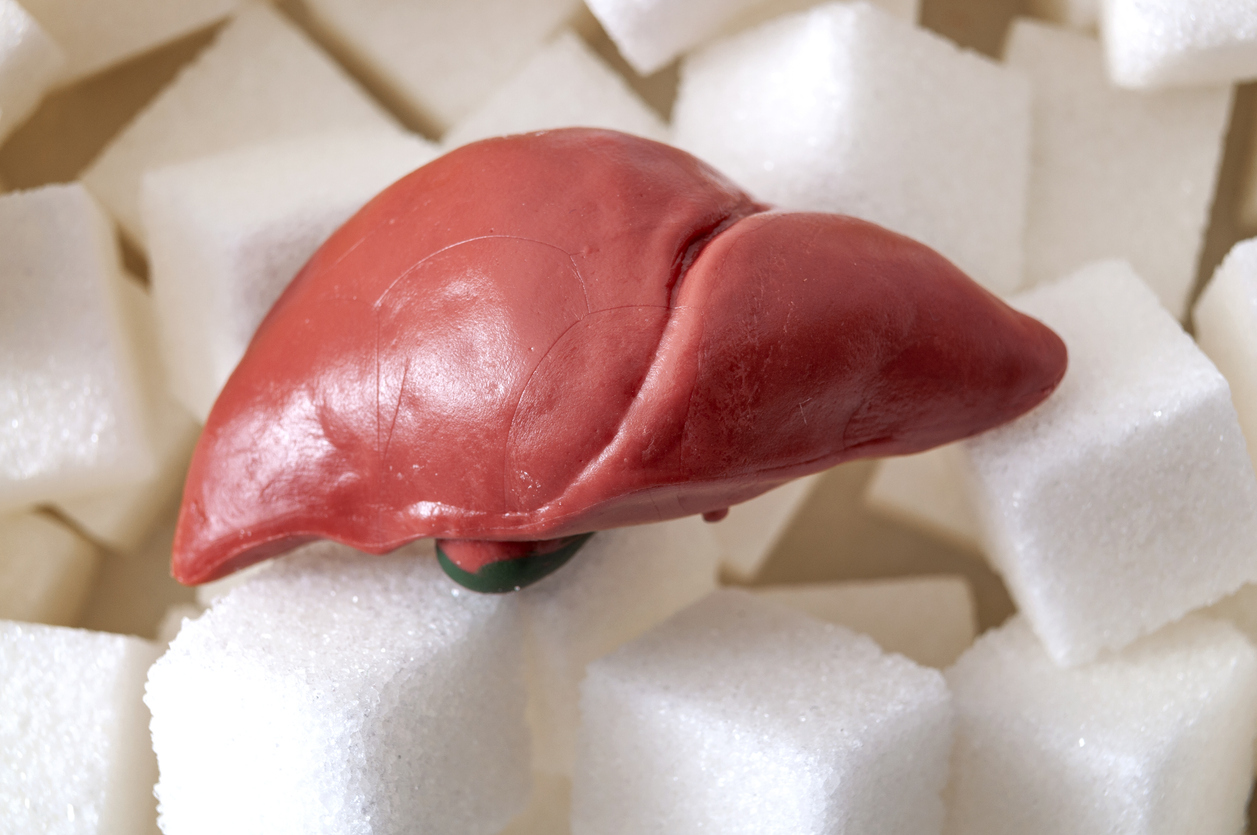Fatty liver disease, encompassing non-alcoholic fatty liver disease (NAFLD) and its more severe form, non-alcoholic steatohepatitis (NASH), is a growing health concern worldwide. Characterized by excessive fat accumulation in the liver, this condition can lead to liver fibrosis, where normal liver tissue is gradually replaced with scar tissue, eventually impairing liver function. Addressing fatty liver disease and preventing its progression to fibrosis is crucial for maintaining liver health and function.
Fatty Liver Disease: Overview and Impact
Fatty liver disease primarily occurs in two forms: alcoholic liver disease (ALD), associated with excessive alcohol intake, and NAFLD, related to metabolic syndrome factors like obesity, diabetes, and high cholesterol, rather than alcohol consumption. NAFLD can progress to NASH, marked by liver inflammation and damage, which can further lead to fibrosis, cirrhosis, or even liver cancer.
Treatment Strategies for Fatty Liver Disease and Fibrosis
Managing fatty liver disease and fibrosis focuses on slowing the disease’s progression, improving liver health, and preventing further complications. Here’s an overview of the treatment approaches:
Lifestyle Modifications and Medical Interventions
Lifestyle modifications are foundational to managing fatty liver disease, primarily targeting the metabolic risk factors contributing to its development. This includes adopting a healthy diet rich in fruits, vegetables, whole grains, and lean proteins, as well as incorporating regular physical activity into one’s routine. Weight loss, ideally through gradual and sustained changes in diet and exercise, can significantly reduce liver fat. In addition to lifestyle changes, medical interventions may also be necessary, particularly for those with more advanced stages of the disease or significantly elevated liver enzymes. These can include pharmacological treatments aimed at controlling diabetes, obesity, and high cholesterol alongside newer therapies that specifically target liver health.
Lifestyle Modifications: The cornerstone of treating NAFLD and NASH involves significant lifestyle changes aimed at reducing liver fat and inflammation. These include:
- Weight Loss: Losing weight through diet and exercise can dramatically reduce liver fat. A weight loss of 7-10% of body weight is often recommended for significant health benefits.
- Healthy Diet: Adopting a diet rich in fruits, vegetables, lean protein, and whole grains while limiting saturated fats, sugars, and refined carbohydrates can support liver health. The Mediterranean diet is frequently recommended for its heart-healthy fats and emphasis on plant-based foods.
- Regular Exercise: Engaging in regular physical activity, even without significant weight loss, can improve liver enzyme levels and reduce liver fat.
Medical Treatments:
While there are currently no FDA-approved medications specifically for NAFLD or NASH, treatments may be prescribed to manage associated conditions and symptoms, such as:
- Control of Diabetes and Cholesterol: Medications to manage blood sugar levels and reduce cholesterol can indirectly benefit liver health.
- Vitamin E: For some non-diabetic patients with NASH, Vitamin E has shown benefits in reducing liver inflammation.
Advanced Fibrosis and Cirrhosis Management:
For patients with advanced fibrosis or cirrhosis, management focuses on monitoring for and treating complications, such as portal hypertension, and screening for liver cancer. In some cases, liver transplantation may be considered for those with end-stage liver disease.
Emerging Treatments:
Research into new treatments for fatty liver disease and fibrosis is ongoing, with several potential therapies under investigation. These include new medications targeting various aspects of liver metabolism, inflammation, and fibrosis.
Potential Role of Emerging Technologies in Treatment
Emerging technologies are poised to revolutionize the treatment and management of fatty liver disease and fibrosis. Advancements in medical imaging and diagnostics enable earlier detection of liver fat accumulation and fibrotic changes, facilitating prompt intervention. Additionally, the advent of artificial intelligence (AI) offers predictive analytics to estimate disease progression, while personalized medicine is being explored to tailor treatments to individual genetic profiles. These innovations have the potential to improve patient outcomes and offer a more proactive and personalized healthcare approach.
Conclusion
Fatty liver disease and its progression to fibrosis pose significant health risks, but with early intervention and appropriate management, it’s possible to slow the disease’s progression and maintain liver health. Lifestyle modifications play a critical role in treatment, and ongoing research promises new therapeutic options in the future. If you suspect you have fatty liver disease or are at risk, consult a healthcare provider for evaluation and personalized treatment recommendations.



 Close
Close